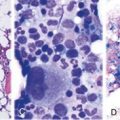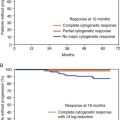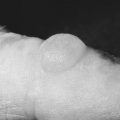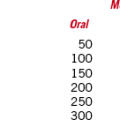Chapter 56 Diseases of Platelet Number
Immune Thrombocytopenia, Neonatal Alloimmune Thrombocytopenia, and Posttransfusion Purpura
Table 56-1 Antibody-Mediated Thrombocytopenic Disorders Caused by Autoantibodies (Immune Thrombocytopenia), Alloantibodies (Neonatal Alloimmune Thrombocytopenia) or Potentially Both (Posttransfusion Purpura)

GP, Glycoprotein; HPA, human platelet antigen; RBC, red blood cell.
Table 56-2 Standardized Terminology and Definitions for Immune Thrombocytopenia Proposed by the International Working Group (Vicenza Consensus Conference) in 2009
| Terminology | Definition |
|---|---|
| ITP | Immune thrombocytopenia (rather than idiopathic or immune thrombocytopenic purpura) |
| Platelet threshold for ITP diagnosis | <100 × 109/L |
| Primary ITP | ITP with no associated cause (diagnosis of exclusion) |
| Secondary ITP | ITP in the setting of an underlying cause such as drugs, HIV, or SLE |
| Newly diagnosed ITP | Designation for patients at diagnosis (rather than “acute” ITP). |
| Persistent ITP | Sustained or recurrent thrombocytopenia lasting 3-12 months |
| Chronic ITP | Thrombocytopenia lasting >12 months |
| Complete response | Achievement of a platelet count of ≥100 × 109/L in the absence of bleeding |
| Response | Achievement of a platelet count of ≥30 × 109/L and at least a twofold increase from baseline in the absence of bleeding |
| Refractory ITP | Failure to achieve a response or relapse after splenectomy* and requirement for treatment(s) to minimize the risk of clinically significant bleeding. |
ITP, Immune thrombocytopenia; SLE, systemic lupus erythematosus.
*Splenectomy failure may not be applicable in children.
First-Line Therapy
Table 56-3 Differential Diagnosis of Thrombocytopenia in Newborns
Neonatal Alloimmune Thrombocytopenia Versus Hemolytic Disease of the Newborn
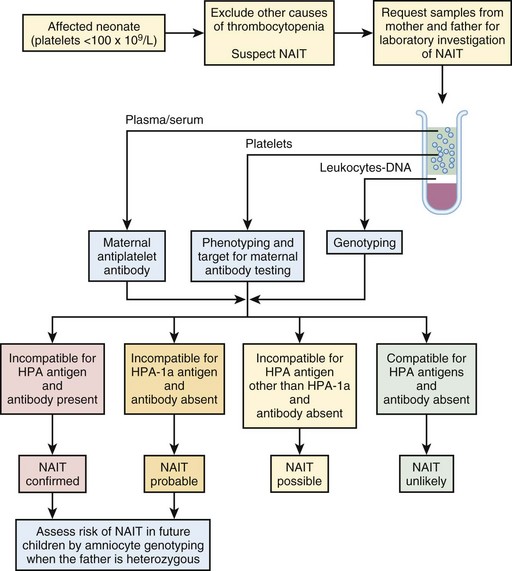
Figure 56-2 DIAGNOSTIC TESTING ALGORITHM FOR INVESTIGATION OF NEONATAL ALLOIMMUNE THROMBOCYTOPENIA (NAIT) AND MANAGEMENT RECOMMENDATIONS BASED ON RESULTS OF TESTING (CURRENTLY USED BY THE ONTARIO PROVINCIAL PLATELET LABORATORY AT MCMASTER UNIVERSITY PLATELET IMMUNOLOGY REFERENCE LABORATORY, 2012).
(Modified from Arnold DM, Smith JW, Kelton JG: Diagnosis and management of neonatal alloimmune thrombocytopenia. Transfus Med Rev 22:255, 2008, with permission.)


